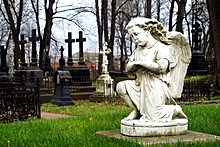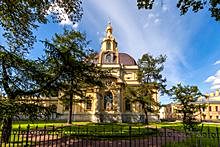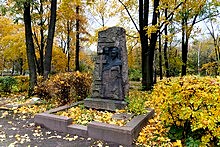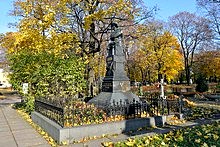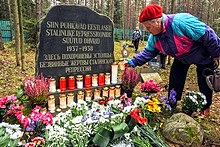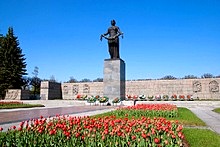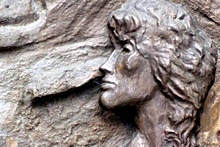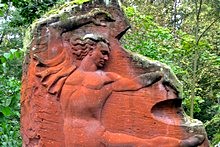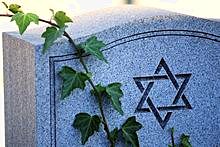Cemeteries of St. Petersburg
St. Petersburg's historic cemeteries are the final resting place for a large number of prominent public figures, luminaries of science and culture, natives of other countries, and people who worked for the benefit of the Russian state. Their tombstones, monuments, and memorials were often created by talented craftsmen and are real works of art. The most famous historical cemeteries are the Novodevichy, Volkovskoe, and Smolenskoe Cemeteries, and the Alexander Nevsky Monastery. Magnificent tombs and other markers commemorate the places where emperors and members of their families, noble lords, military heroes, and other worthies are buried. Visiting the tombs in the Peter and Paul Fortress and the Alexander Nevsky Monastery is a must for any tourist in St. Petersburg. Those interested in the history of World War II may want to dedicate a little extra time because there are more than fifteen military cemeteries and memorials in the city as well.
St. Petersburg's largest monastery is also the burial grounds of scholar Mikhail Lomonosov, composer Pyotr Tchaikovsky, writer Fyodor Dostoevsky, and many others.
The Ss. Peter and Paul Cathedral and the Grand Ducal Mausoleum are the burial sites of many of the Romanov family, including all but one of Russia's imperial rulers.
This city cemetery is best known for the "Literatorskie mostki" (Writer's Walkways), where prominent figures of literature and art from the 19th and 20th centuries are buried.
This large historic cemetery on Vasilevsky Island is primarily associated with Ksenia, the patron saint of St. Petersburg. There are also Lutheran and Armenian cemeteries nearby.
This cemetery at the Novodevichy Convent on Moskovsky Prospekt was reserved for the aristocracy, and holds the graves of several noteworthy artists and poets.
This cemetery in St. Petersburg's northern suburbs has a grim history as a dumping ground for the victims of the Great Terror. It was shrouded in secrecy until the 1990s.
One of the mass graves for the victims of the Siege of Leningrad and the soldiers of the Leningrad Front, this elegantly designed memorial cemetery.
This 19th century cemetery holds one of the mass graves for the victims of the Siege of Leningrad, as well as the tomb of Russian rock idol Viktor Tsoy.
This was originally a paupers' cemetery before the October Revolution, and has more recently been used mainly to bury servicemen and women.
Part of this large cemetery in the south of the city was used to bury the victims of Tsarist political repression, while across the tracks is the city's largest Jewish cemetery.

